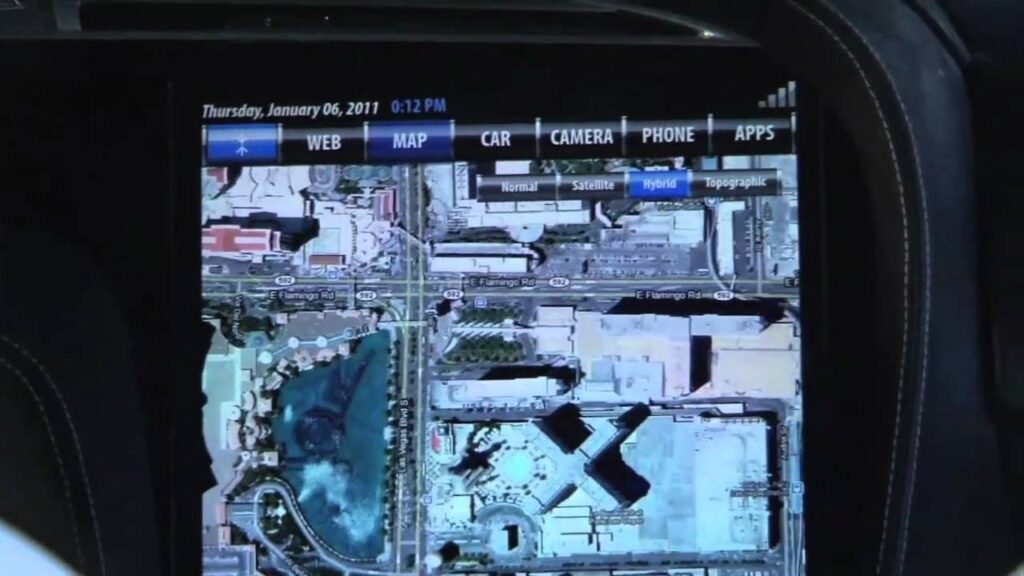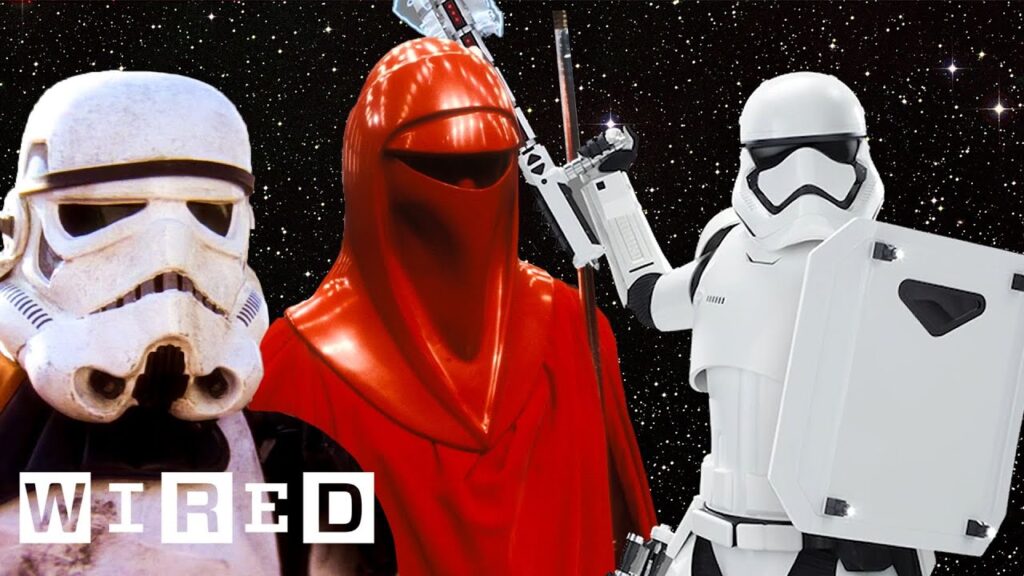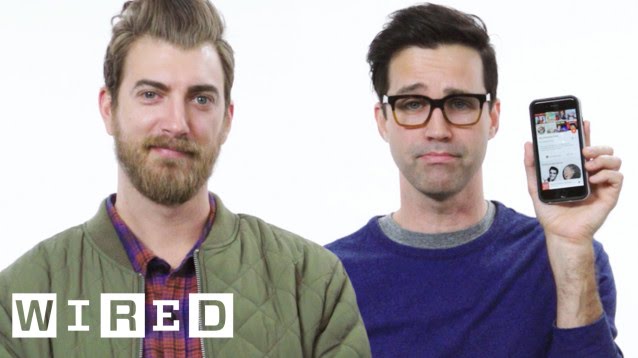Understanding the Internet: A Q&A with Jim Caros
Summary
Professional writer interviews Jim Caros, a professor at the University of Massachusetts, about the internet complex system, how it works, and the future of networking.
Table of Contents
- Introduction– Brief introduction of Jim Caros and the topic
- The Internet and Its Components– The components and workings of the internet.
- History of the Internet– The history of the internet and the earliest network.
- Challenges in Connecting IoT Devices to the Internet– How IoT devices are connected to the internet and challenges with the process.
- Software-defined Networking and Its Advancements– Benefits of software-defined networking and advancements in the field.
- Global Regulation of the Internet– The internet’s vulnerability to different laws across countries and the importance of having all infrastructure parts work towards a common goal.
- Conclusion– Recap of the main points discussed in the Q&A.
Introduction
The internet has become a central part of our lives, and it is hard to imagine a world without it. However, not everyone knows how it works or the components that make it possible, and that’s where Jim Caros, a professor at the University of Massachusetts, comes in. In this Q&A article, we will dive into the internet’s technicalities, its history, and its future with Jim Caros.
The Internet and Its Components
Q: Can you begin by describing the internet and its components?
A: The internet is a technically complex system that functions as a network of networks. It enables the creation of various internet applications that people use daily. Like the road system, the internet allows data to move from one place to another. The key to its operation is protocol, which governs communication rules within the network. The internet is composed of different networks that transmit data, including undersea cables, and wireless connections. Internet applications, such as Netflix, use a range of servers to provide their services, and packets of data are sent to the correct device using internet protocol addresses.
History of the Internet
Q: Can you give us a brief history of the internet and its earliest network?
A: In the 1960s, the Defense Advanced Research Projects Agency (DARPA) wished to create a packet switching network to enable more robust communication in the event of network failure. This eventually led to the development of the internet and protocols like API and DNS. One of the earliest networks of the internet was ARPANET, a project funded by the US Department of Defense in 1969, to enable computers to communicate with one another rapidly.
Challenges in Connecting IoT Devices to the Internet
Q: What challenges are there in connecting IoT devices to the internet, and why is it important?
A: One of the most significant challenges is configuration and management, as IoT devices are often scattered and not connected directly to a network. However, IoT devices can produce valuable data for research purposes by providing insight into human behaviours, environmental changes and so much more.
Software-defined Networking and Its Advancements
Q: Can you tell us more about software-defined networking, its benefits, and what advancements in the field have taken place?
A: Software-defined networking allows for increased flexibility in networking, and with tools such as SD-WAN, network provisioning, and operation is made efficient. Unlike preconfigured router protocols, software-defined networking is more flexible, customisable and programmable, enabling better control over resources, as well as potential cost reductions. As for advancements, new advancements, such as network overlays and edge computing, have recently emerged, and the industry seems to be shifting towards distribution when it comes to infrastructure.
Global Regulation of the Internet
Q: Is there a global regulatory body for the internet, and why is a lack of regulation an issue?
A: Unfortunately, the internet is not regulated globally, making it subject to different laws and norms in different countries. Additionally, not everything in the system is decentralised, as some organisations such as ICANN wield centralised control. Encryption only provides limited privacy for users. Therefore, the lack of regulation can impact users’ privacy and security when using the internet.
Conclusion
Overall, Jim Caros’s insights on the internet have made the technology seem less mysterious and more accessible. From the internet’s components and history to IoT device connectivity issues and software-defined networking, there is a lot to process. To make the most out of the internet, we must understand the technicalities that make it work and find ways to stay safe while online. As we look towards the future, it seems we are closer to networking plumbing and applications coming together towards a common goal, which is an exciting prospect to those in the field.







